The event gathered many scholars and leading experts at home and abroad in architecture, urban development and culture, to share and propose solutions for urgent bridge renovation, from short to medium term as well as to propose scenarios for future bridge use.
According to Mr. Duong Duc Tuan - Vice Chairman of Hanoi People's Committee, Long Bien Bridge is more than 120 years old. The bridge has an important position and role in the system of bridges over the Red River, transporting passengers and goods from the center of Hanoi to the northern provinces. During the exploitation process, the bridge has degraded and the restoration and renovation have received great attention from all levels, people and international experts.
Mr. Duong Duc Tuan emphasized that the international workshop "Research on renovation and promotion of the historical and cultural values of Long Bien Bridge" is an opportunity for Hanoi City and French agencies to exchange experiences, moving towards perfecting renovation plans on the basis of promoting the cultural and historical highlights of the bridge.
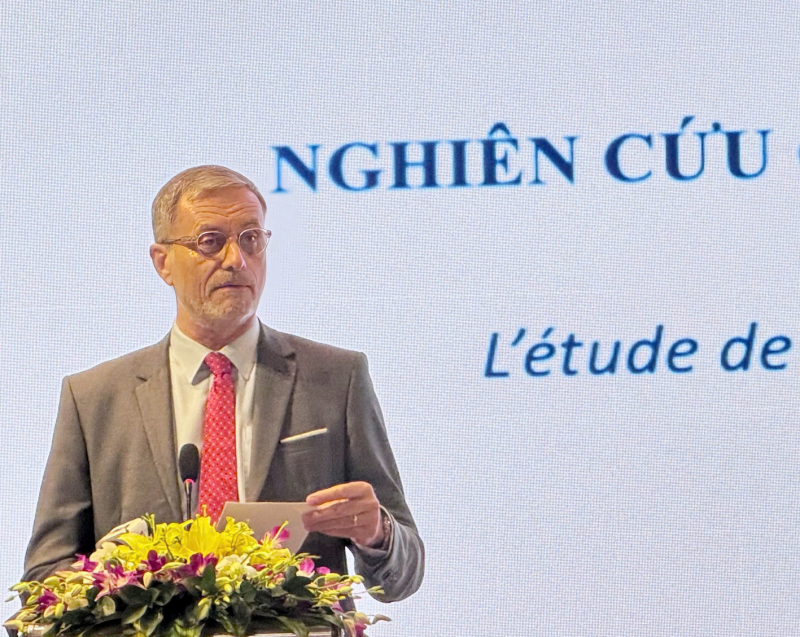
For his part, French Ambassador to Vietnam Olivier Brochet said that Long Bien Bridge is the embodiment of a developing city that is constantly growing. The bridge is like a part of the lifeblood of the people of the capital, connecting the past and the present, a symbol of French-Vietnamese cooperation.
“The French Embassy is always ready to accompany Hanoi in the overall renovation of the bridge to ensure traffic safety, and propose optimal solutions in line with the city's upcoming planning,” Ambassador Olivier Brochet affirmed.
At the workshop, experts proposed many solutions to renovate the bridge in each phase, from urgent, short-term, medium-term to long-term. Accordingly, the most urgent task after the process of studying, monitoring and changing the hydrology of the Red River is to repair and replace degraded metal structures, at the same time reinforce the bridge piers and prevent riverbed erosion.
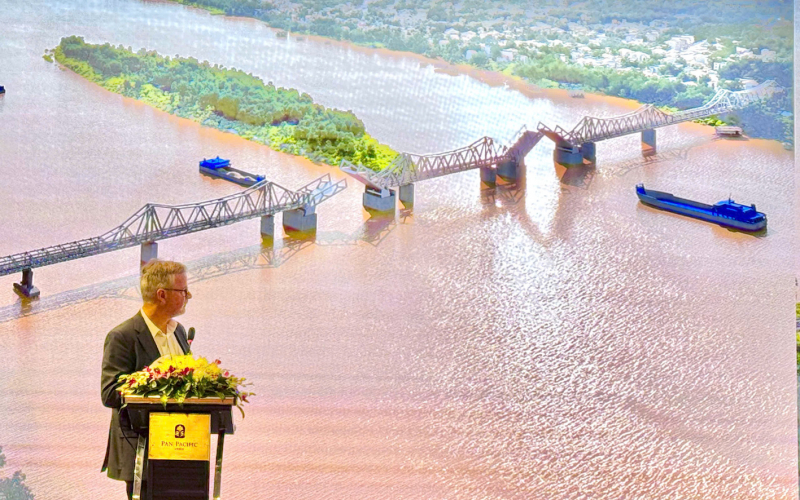
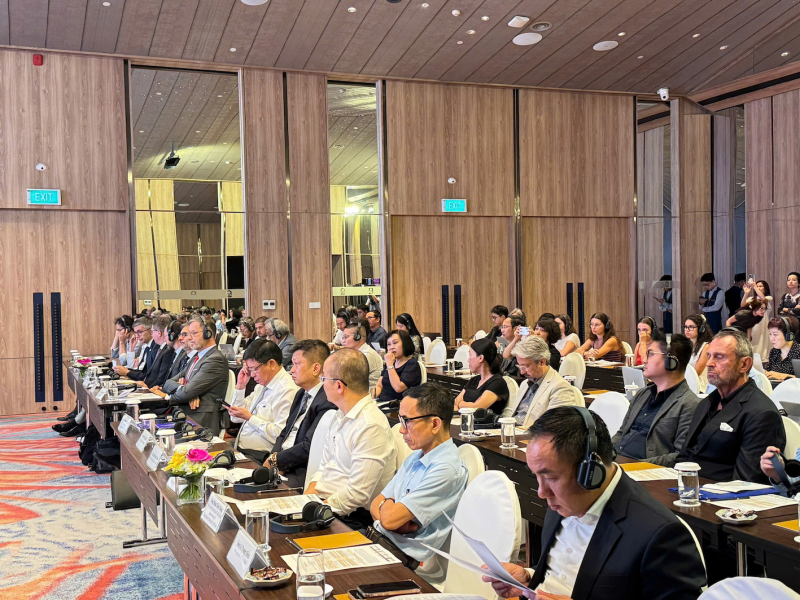
Proposed future bridge usage scenarios aim to partially restore the original design inaugurated in 1902, retain the 1972 reconstructed spans, and maintain the central railway for light-duty cruise ships.
In addition, experts also shared experiences in building, preserving and promoting the value of some valuable steel bridges with heritage value in France, proposed the idea of developing a railway line across Long Bien Bridge into the central area of Hanoi or proposed the use and exploitation of the stone arches of Long Bien Bridge.
Previously, in December 2023, on the occasion of the 50th anniversary of the establishment of diplomatic relations between France and Vietnam, the French Embassy announced a non-refundable grant of 700,000 USD through the FASEP Fund of the French Ministry of Economy and Finance, to provide solutions to ensure the structural safety and other future uses of Long Bien Bridge, as well as ensure safety for people and vehicles using the project, including railways, two-wheelers, and pedestrians.
Long Bien Bridge, formerly known as Paul Doumer Bridge, was built in 1898 and completed in 1902. This is a steel truss bridge designed by France, 1,691m long with 19 spans, the largest bridge in Indochina at the time of its inauguration. After more than 120 years of exploitation and use and going through two wars, Long Bien Bridge has been repaired many times but could not avoid deterioration over time. Currently, in addition to railway vehicles, Long Bien Bridge only allows motorbikes and bicycles to circulate.
Source: https://cand.com.vn/Chuyen-dong-van-hoa/phap-dong-hanh-cung-ha-noi-ton-tao-va-bao-ton-gia-tri-cau-long-bien-i781498/


![[Photo] Impressions of the Can Gio Whale Festival](https://vphoto.vietnam.vn/thumb/1200x675/vietnam/resource/IMAGE/2025/10/09/1759984089762_image12334-5642-jpg.webp)



















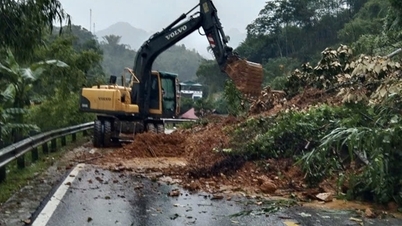
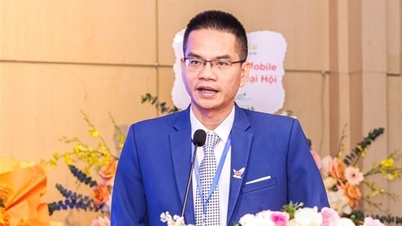
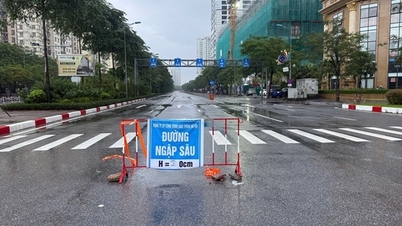


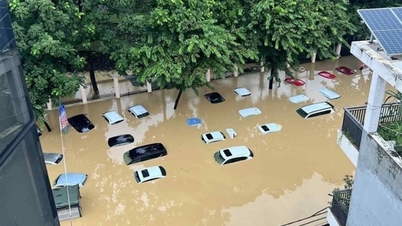

























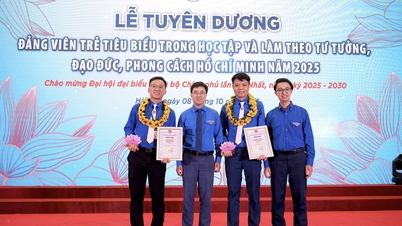
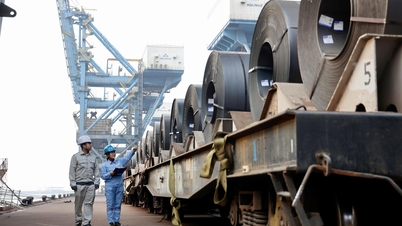





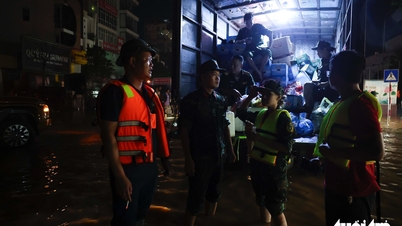












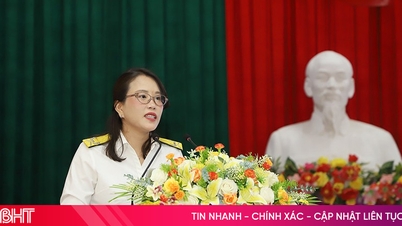

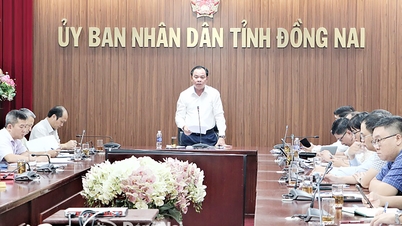





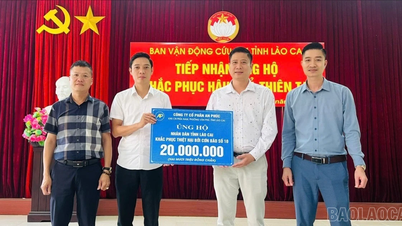



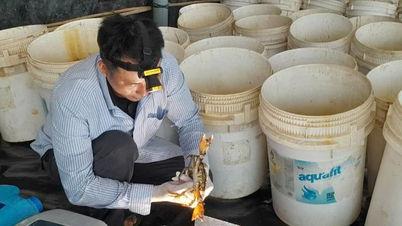






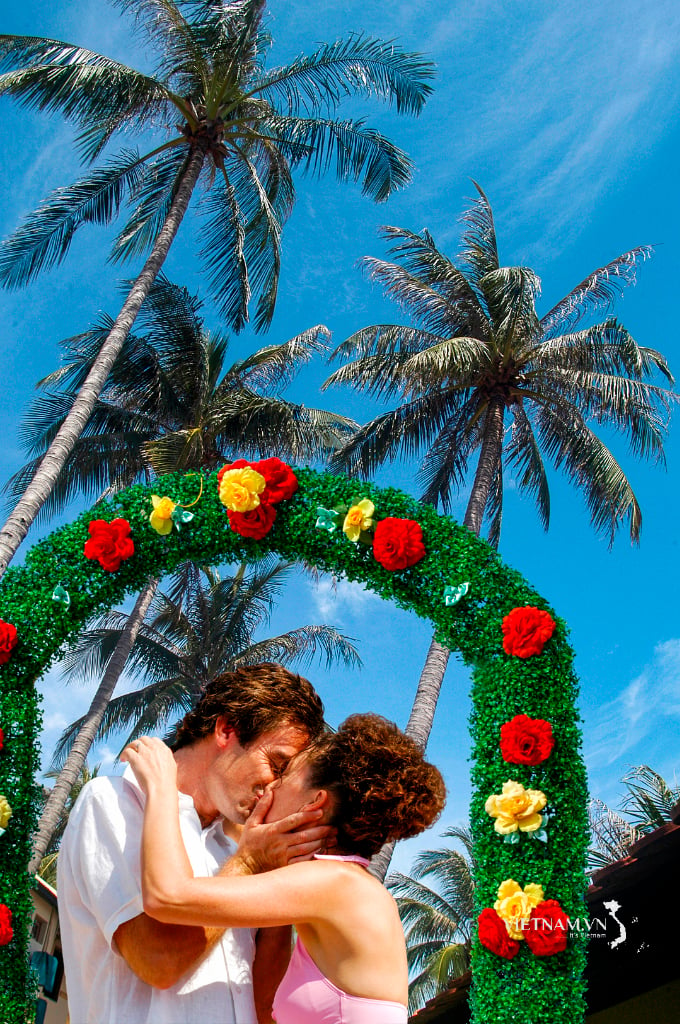


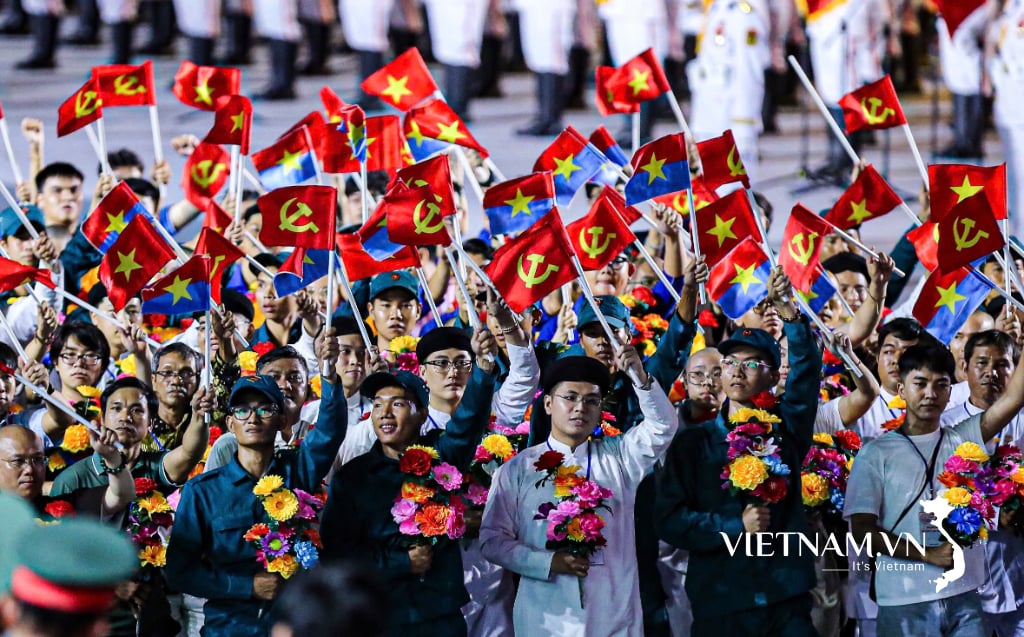
Comment (0)